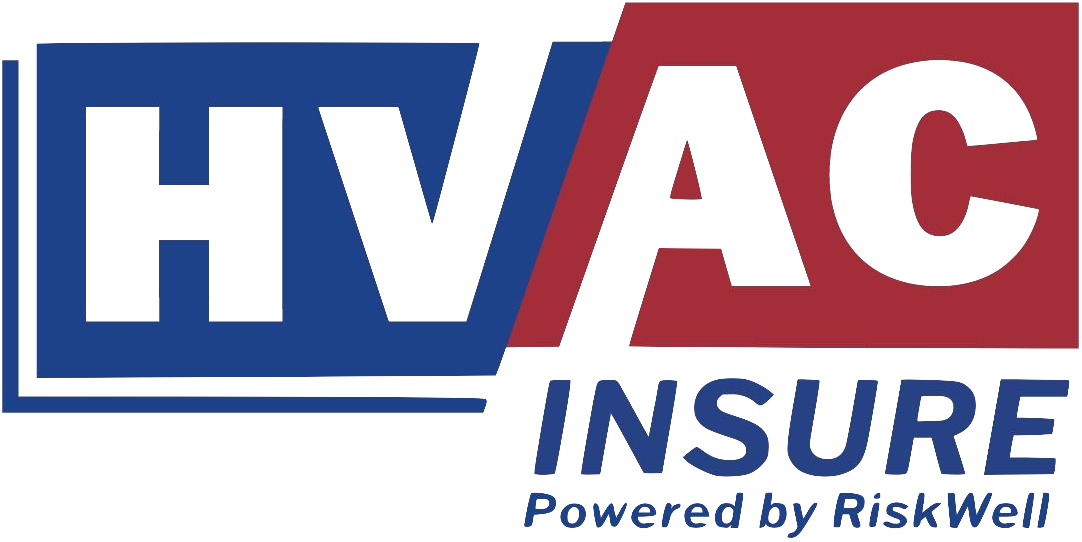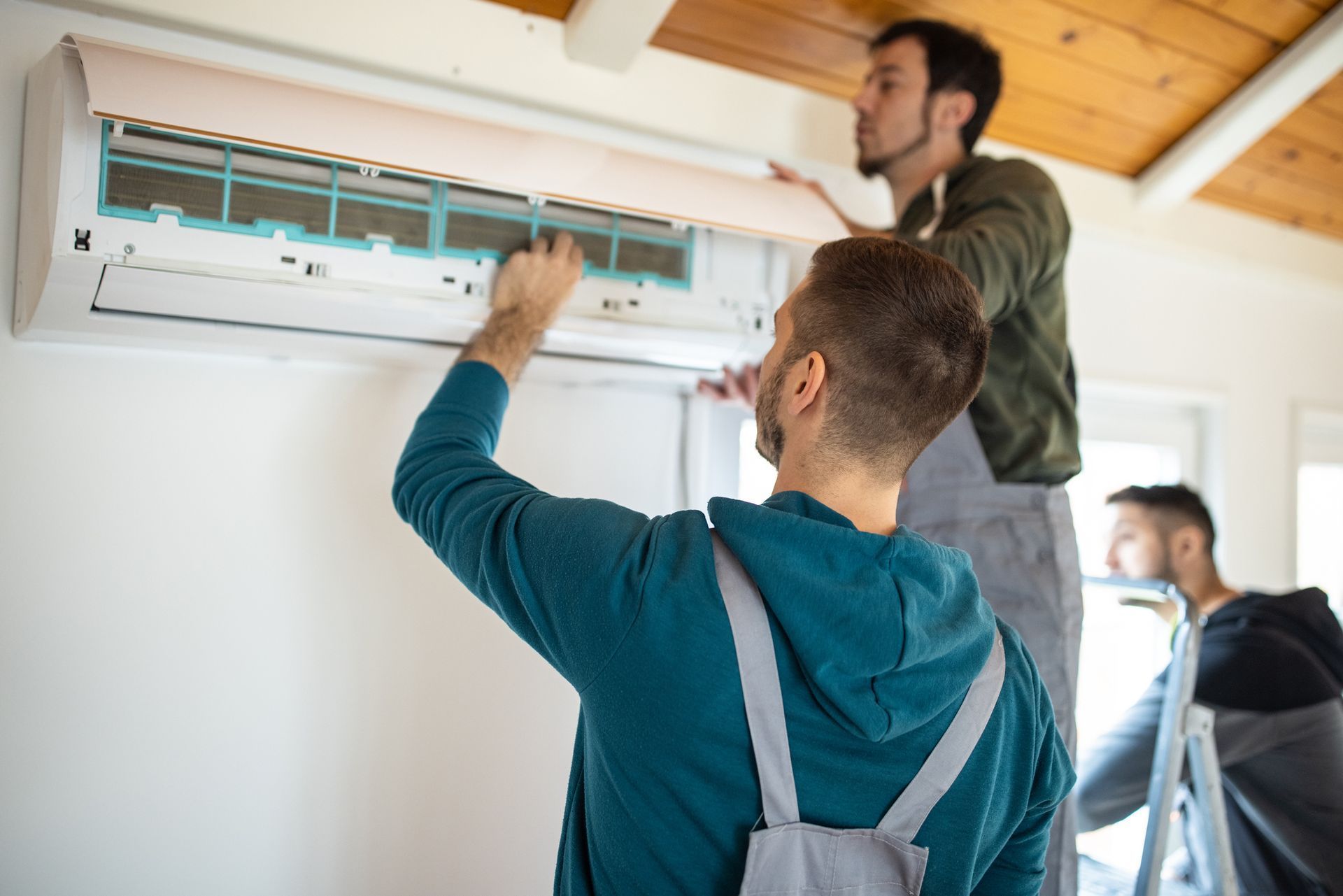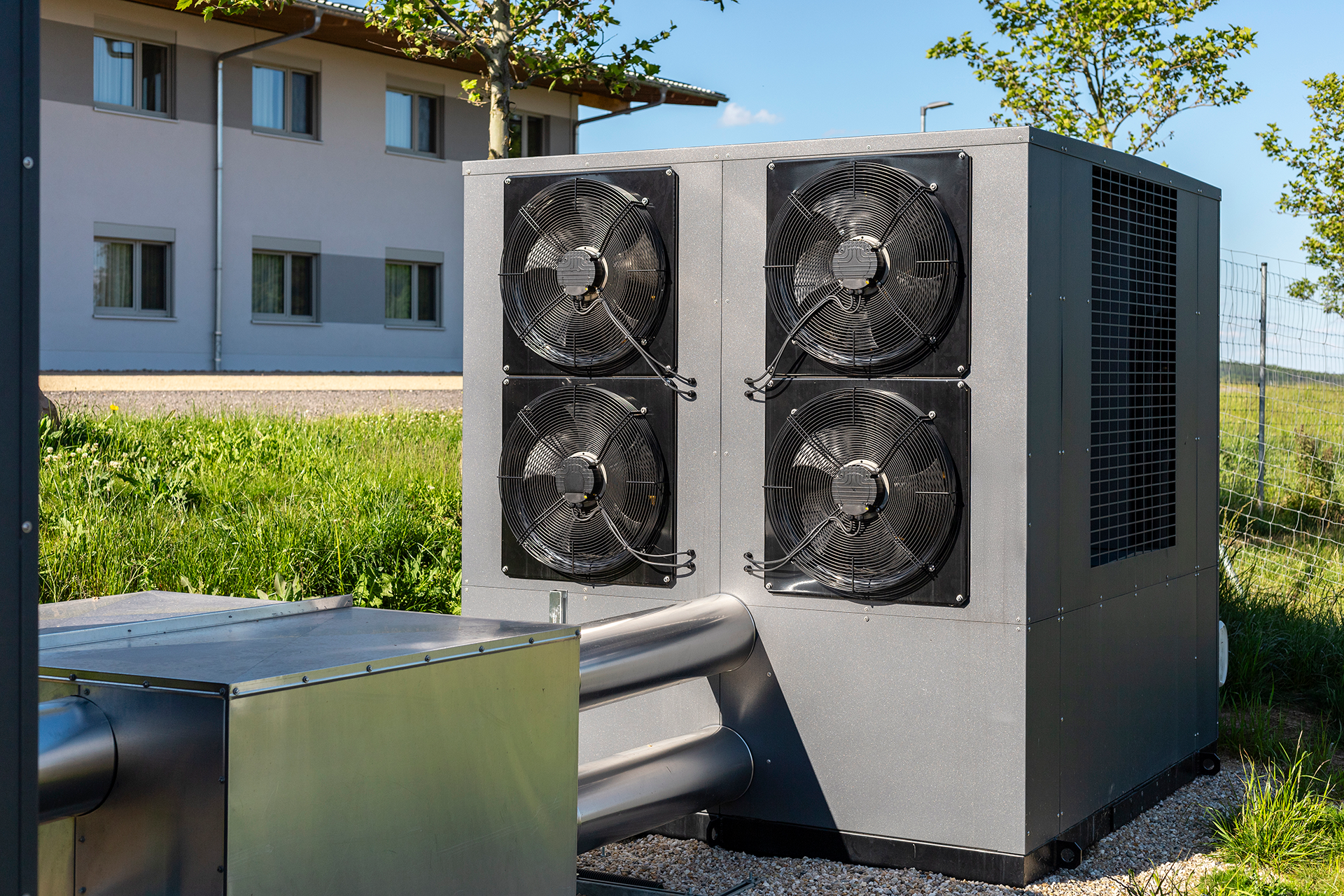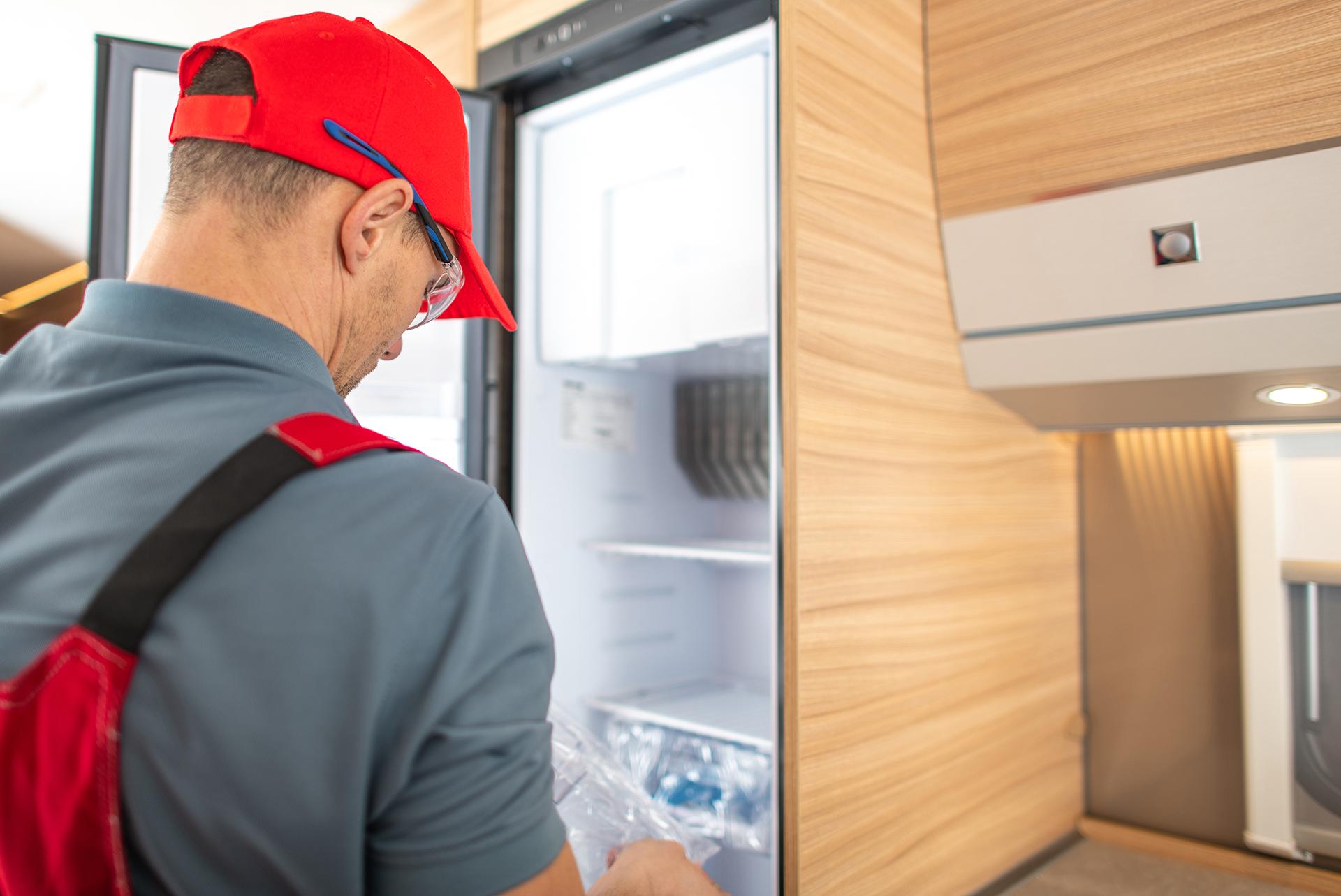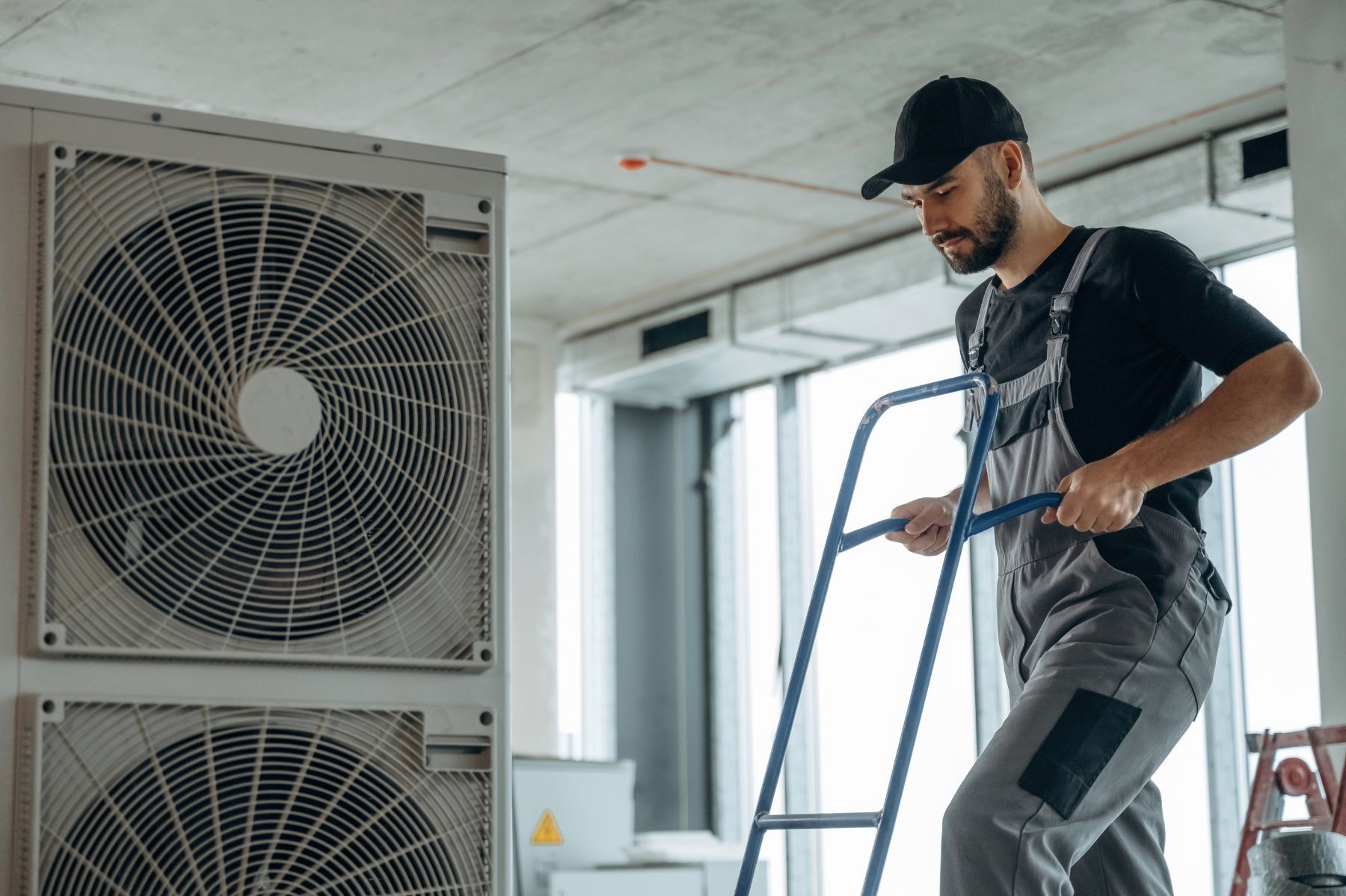When a contractor steps onto a job site to install or maintain building automation and control systems, the stakes are high. These systems are complex, often integrated with cutting-edge technology like AI and IoT, and critical to the safety and efficiency of modern buildings. One mistake or equipment failure can lead to costly downtime, property damage, or even safety hazards. That’s why understanding the insurance landscape for building automation and controls contractors is essential-not just to protect your business but to build trust with clients and partners.
The global building automation system market is booming, expected to reach USD 148.6 billion by 2027 with a steady compound annual growth rate of 11.4% from 2022 to 2027. This growth signals more projects, more contracts, and more opportunities-and more reasons to get your insurance coverage right from the start. MarketsandMarkets Research highlights this surge, emphasizing the expanding scope and complexity of building automation.
Why Insurance Matters for Building Automation Contractors
Building automation contractors face unique risks. These projects often involve integrating HVAC, lighting, security, and energy management systems. A small wiring error or software glitch can cascade into significant operational failures. Insurance helps manage these risks by covering potential liabilities, property damage, and business interruptions. Furthermore, the complexity of these systems means that contractors must stay updated on the latest technologies and regulations, which can also introduce additional risks if not properly managed. In this rapidly evolving landscape, having the right insurance can provide peace of mind, allowing contractors to focus on delivering high-quality installations without the constant worry of unforeseen financial repercussions.
Beyond equipment and installation risks, contractors also navigate cybersecurity threats. The construction industry ranked as the third most targeted sector for ransomware attacks in 2024, with 228 reported victims between April 2023 and March 2024. This makes cyber liability insurance increasingly important for contractors working with connected systems. As building automation becomes more integrated with the Internet of Things (IoT), the potential attack surface expands, making it crucial for contractors to implement robust cybersecurity measures. Builders & Tradesmen's Insurance Services provides insight into these growing digital threats, emphasizing the need for proactive strategies to safeguard sensitive data and maintain client trust.
Common Risks in Building Automation Projects
Contractors should be aware of several key risk areas:
- Installation Errors: Faulty wiring or incorrect system programming can cause malfunctions or damage. These errors not only lead to costly repairs but can also jeopardize the safety and comfort of building occupants.
- Property Damage: Accidental damage to client property during installation or maintenance can result in significant financial liability. This risk is compounded in high-stakes environments like hospitals or data centers, where downtime can have severe consequences.
- Cybersecurity Breaches: Vulnerabilities in connected systems can lead to data breaches or ransomware attacks. The repercussions of such breaches can extend beyond financial losses, affecting a contractor's reputation and future business opportunities.
- Worker Injuries: Physical risks on job sites, including falls or equipment accidents, are a constant concern. Ensuring that workers are trained and equipped with proper safety gear is essential to minimizing these risks.
- Contractual Liabilities: Failure to meet project specifications or deadlines can result in legal claims. This underscores the importance of clear communication and thorough documentation throughout the project lifecycle.
In addition to these risks, contractors must also consider the implications of regulatory compliance. Building automation systems are subject to various local, state, and federal regulations, which can change frequently. Non-compliance can lead to fines, project delays, and even the need to redo installations. Therefore, staying informed about regulatory changes and ensuring that all work meets the necessary standards is crucial for maintaining a successful business. Moreover, engaging in continuous education and training can help contractors not only mitigate risks but also enhance their service offerings, positioning them as leaders in the building automation industry.
HVACInsure is fully licensed and permitted to sell contractor and commercial insurance in Texas.
We proudly serve clients throughout Texas and maintain partnerships with local Texas insurance carriers to ensure HVAC professionals receive compliant, affordable, and comprehensive coverage that meets project and regulatory requirements.
Types of Insurance Coverage Essential for Building Automation Contractors
Choosing the right insurance policies can protect your business from financial loss and legal exposure. Here are the most relevant coverages for contractors in this field.
General Liability Insurance
This is the cornerstone of any contractor’s insurance portfolio. It covers bodily injury, property damage, and personal injury claims arising from your operations. For example, if a subcontractor accidentally damages a client’s expensive equipment during installation, general liability insurance can cover the repair or replacement costs. Additionally, this insurance can also protect against claims related to advertising injuries, such as copyright infringement or slander, which can arise from marketing your services.
Professional Liability Insurance
Also known as errors and omissions insurance, this policy protects against claims of negligence, mistakes, or failure to deliver professional services as promised. Given the technical nature of building automation systems, mistakes in design or programming can have costly consequences. Professional liability insurance helps cover legal fees and settlements. It is particularly crucial in a field where the integration of complex systems can lead to significant operational failures, potentially impacting not just the contractor's reputation but also the safety and efficiency of the building itself.
Cyber Liability Insurance
With building automation systems increasingly connected to the Internet of Things (IoT), cyber risks are a real concern. Cyber liability insurance covers data breaches, ransomware attacks, and other cyber incidents that could disrupt your business or compromise client data. As automation systems become more sophisticated and interconnected, the potential for cyber threats grows, making this coverage essential for safeguarding sensitive information and ensuring business continuity in the event of a cyber incident.
Workers’ Compensation Insurance
On-site injuries are a constant risk. Workers’ compensation insurance covers medical expenses and lost wages for employees injured on the job. It also protects your business from lawsuits related to workplace injuries. Moreover, this insurance can help foster a safer work environment, as many states require businesses to have this coverage, thereby encouraging employers to implement safety measures and training programs to minimize workplace hazards.
Equipment and Tools Insurance
Specialized tools and equipment used in automation installations can be expensive. This coverage protects against loss, theft, or damage to your tools, ensuring you can keep projects moving without costly replacements. Furthermore, having this insurance can provide peace of mind, allowing contractors to focus on their work rather than worrying about the financial implications of losing essential equipment, which can lead to project delays and increased costs.
Commercial Auto Insurance
If your business uses vehicles to transport equipment or personnel, commercial auto insurance is necessary. It covers accidents, property damage, and liability related to business vehicle use. This type of insurance is particularly important for contractors who may need to travel to various job sites, as it ensures that both the vehicle and its occupants are protected in case of an accident. Additionally, having commercial auto insurance can enhance your business's credibility, as clients often prefer to work with contractors who demonstrate responsibility and professionalism in their operations.
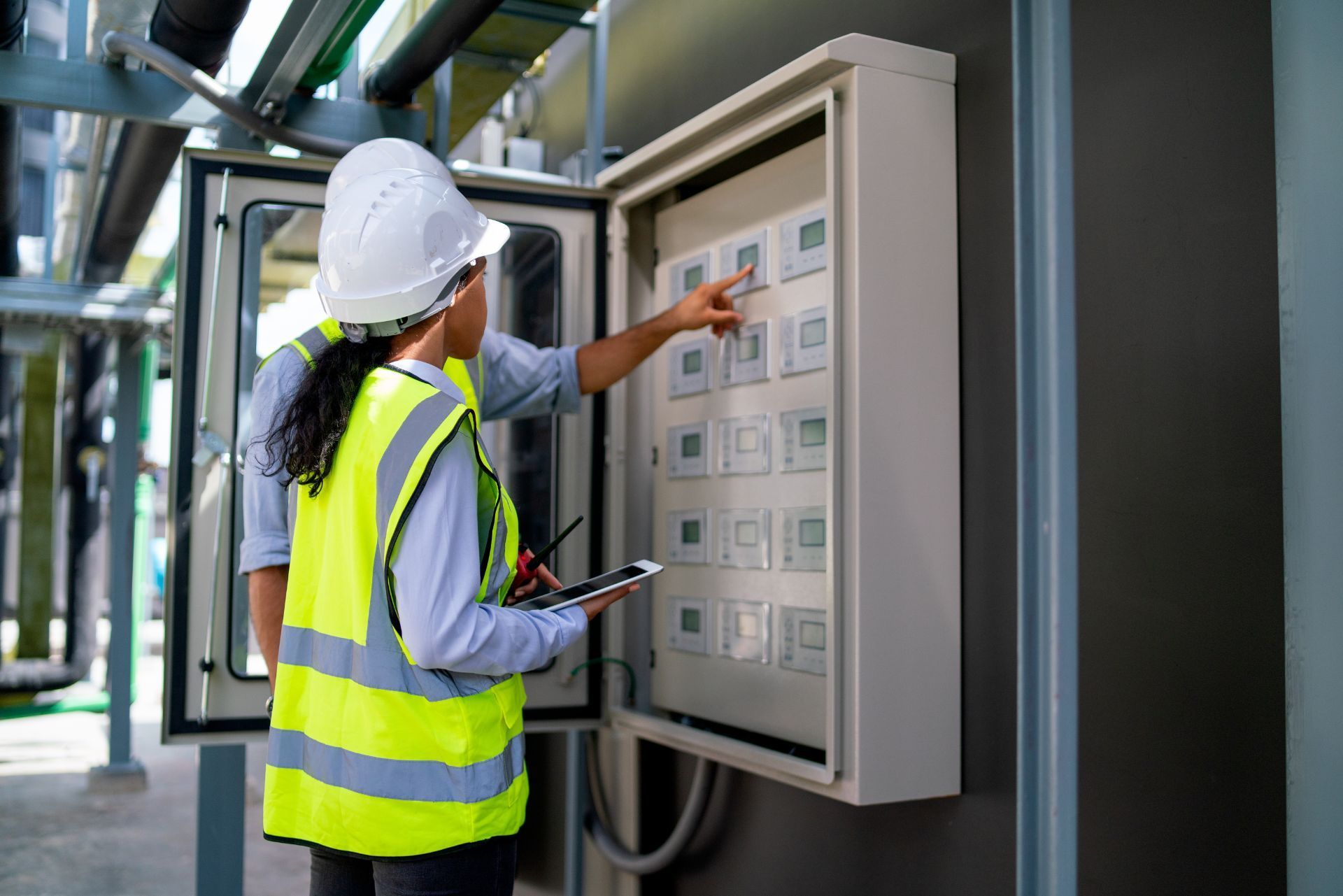
How Emerging Technologies Affect Insurance Needs
Artificial Intelligence, drones, and IoT devices are transforming building automation. These technologies improve efficiency but also introduce new risks. Brad Dowling, VP of Workers' Comp at Builders & Tradesmen's Insurance Services, Inc., notes that “The integration of Artificial Intelligence (AI), drones, and the Internet of Things (IoT) is revolutionizing risk assessment in construction insurance.” This insight highlights how insurers are adapting to these changes.
For instance, AI-powered predictive maintenance platforms can reduce equipment failures but require contractors to manage data privacy and cybersecurity risks carefully. Honeywell’s recent launch of Honeywell Connected Solutions, an AI-driven platform for building systems management, exemplifies this trend. It offers predictive maintenance and remote diagnostics but also demands robust cybersecurity strategies. Honeywell’s innovation underscores the evolving landscape contractors must navigate.
Impact on Risk Profiles
New technologies shift risk from physical damage to data integrity and system availability. Insurance policies need to reflect these changes by including cyber liability and coverage for technology errors. Contractors who embrace these innovations should review their insurance with providers knowledgeable about tech risks.
Moreover, as drones become commonplace for site inspections and monitoring, they not only enhance operational efficiency but also introduce unique liability concerns. For example, the potential for drone malfunctions or accidents could lead to property damage or personal injury claims. Insurers are beginning to offer specialized drone insurance policies that address these specific risks, ensuring that contractors are adequately protected while utilizing this cutting-edge technology. Additionally, the data collected by drones can be invaluable for risk assessment and management, but it also raises questions about ownership and data security, further complicating the insurance landscape.
Furthermore, the integration of IoT devices in construction sites brings about a wealth of real-time data that can enhance decision-making processes and improve safety outcomes. However, this data is vulnerable to breaches and misuse, necessitating a shift in how insurance providers evaluate risk. Insurers may need to develop new models that account for the complexities of IoT ecosystems, including potential third-party liabilities and the cascading effects of data loss. As contractors increasingly rely on interconnected devices, understanding the nuances of these risks will be crucial for maintaining comprehensive coverage and safeguarding their operations.
Contractual and Regulatory Considerations
Contracts with clients, especially large institutional or government entities, often require specific insurance coverages and limits. For example, Johnson Controls secured a contract with the U.S. Army Corps of Engineers worth up to $630 million to install and service Metasys building automation systems across federal facilities. Such contracts demand rigorous insurance standards and proof of compliance. This development highlights the importance of meeting client insurance requirements. Additionally, the scale of such contracts often necessitates a thorough risk assessment process, where potential liabilities are identified and addressed proactively. This not only protects the contractor but also instills confidence in the client regarding the contractor's ability to manage risks effectively.
Regulatory compliance also plays a role. Contractors must ensure their policies meet local and national regulations for worker safety, environmental protection, and cybersecurity. Failure to comply can lead to fines, contract termination, or legal exposure. Moreover, as regulations evolve, staying informed about changes in legislation is crucial. For instance, new environmental regulations may require contractors to adopt sustainable practices, which can influence the types of insurance needed to cover potential environmental liabilities. This dynamic landscape necessitates ongoing education and adaptation to ensure compliance and mitigate risks.
Negotiating Insurance Requirements
When bidding on projects, carefully review insurance clauses. Some clients require higher coverage limits or additional endorsements. Understanding these requirements upfront can prevent costly surprises and delays in contract execution. Furthermore, engaging in open dialogue with clients about their insurance expectations can lead to more tailored solutions that meet both parties' needs. By demonstrating a proactive approach to insurance negotiations, contractors can foster stronger relationships with clients, which may lead to future opportunities and collaborations. Additionally, leveraging the expertise of insurance brokers or legal advisors can provide valuable insights into industry standards and help navigate complex insurance landscapes, ensuring that all contractual obligations are met efficiently.

Trends Shaping the Future of Insurance for Automation Contractors
The building automation market is expected to grow even further, reaching around USD 197.5 billion by 2032, with a CAGR of about 11.2% from 2023 to 2032. This expansion will bring more sophisticated systems and higher stakes for contractors. Custom Market Insights details this long-term growth.
One notable trend is the increasing use of AI-powered collaborative robots, or cobots, in construction and automation projects. A nationwide survey of 600 architecture, engineering, and construction professionals found safety and reliability are key factors driving cobot adoption. These technologies can reduce human error and improve efficiency but also require updated risk assessments and insurance coverage adjustments. The study sheds light on how AI integration is reshaping contractor risk profiles.
Cybersecurity will remain a top priority. Platforms like Honeywell Connected Solutions demonstrate how AI and IoT integration demand proactive cyber risk management. Insurers are responding with tailored policies that combine traditional liability with cyber protection.
Tips for Choosing the Right Insurance Partner
Finding an insurance provider who understands the nuances of building automation and control contracting is crucial. Look for carriers with experience in technology-driven construction and a track record of supporting contractors through complex projects.
Ask about:
- Customized coverage options for technology and cyber risks
- Claims handling expertise in construction and automation
- Risk management resources, including safety training and cybersecurity guidance
- Flexible policies that grow with your business
Working with an insurance partner who stays current on industry trends can help you avoid gaps in coverage and reduce your overall risk.
Frequently Asked Questions
Q: What type of insurance is mandatory for building automation contractors?
A: General liability and workers’ compensation insurance are typically required by law and clients. Additional policies like professional liability and cyber liability are highly recommended.
Q: How does cyber liability insurance benefit contractors?
A: It protects against losses from data breaches, ransomware, and other cyber incidents that can disrupt your business or harm clients.
Q: Can insurance cover damages caused by AI system errors?
A: Professional liability insurance often covers errors or omissions in system design and programming, including AI-related mistakes.
Q: Why is it important to review insurance requirements in contracts?
A: Contracts may specify minimum coverage limits or special endorsements. Understanding these helps avoid compliance issues and contract delays.
Q: How can contractors reduce insurance costs?
A: Implementing strong safety programs, investing in cybersecurity, and working with experienced insurance brokers can help lower premiums.
Q: Are drones covered under standard contractor insurance?
A: Typically, drones require separate liability coverage or endorsements due to their unique risks.
Q: What should contractors do if they adopt new technologies like cobots?
A: Notify their insurer to update policies and ensure coverage matches the evolving risk profile.
Before You Go
Building automation and controls contracting is a dynamic, high-stakes field. Insurance is more than a safety net-it’s a strategic tool that protects your business, supports client relationships, and enables growth. Staying informed about emerging risks, technology trends, and regulatory demands helps you choose the right coverage and partner.
With the market expanding rapidly and technologies like AI and IoT reshaping the industry, proactive insurance planning is essential. Whether you’re bidding on a federal contract or installing smart building systems for a commercial client, the right insurance coverage keeps your business secure and competitive.

About The Author: James Jenkins
I’m James Jenkins, Founder and CEO of HVACInsure. I work with HVAC contractors and related trades to simplify insurance and make coverage easier to understand. Every day, I help business owners secure reliable protection, issue certificates quickly, and stay compliant so their teams can keep working safely and confidently.
Coverage for Crews, Vehicles, and Tools
Insurance for HVAC Contractors
We provide business insurance designed for HVAC contractors. These policies protect your crew, vehicles, and tools while helping you meet project requirements. Every policy is explained clearly and delivered quickly so you can work without delays.
Resources
Insurance Tips for HVAC Contractors
Our blog is built for contractors who want fast answers. Each article covers common questions and risks in under five minutes of reading.
Frequently Asked Question
Common HVAC Contractor Insurance Questions
These FAQs address common contractor questions. As HVACInsure grows, we will update this section with real client experiences and answers.
Why should an HVAC contractor use HVACInsure instead of a general agency?
Specialists understand jobsite requirements, certificate wording, and common endorsements for HVAC work. You get cleaner paperwork, faster approvals, and coverage that fits how your crews operate.
This reduces delays at the gate, avoids gaps, and helps you pass compliance checks the first time.
How fast can I get a Certificate of Insurance (COI)?
Most standard COIs are issued the same business day after binding or updates. If you need additional insured, primary/non-contributory, or waiver language, we prepare it correctly the first time.
Our goal is simple: get your crew on site without paperwork delays.
What coverages do HVAC contractors usually need?
Core policies include General Liability, Commercial Auto, Workers’ Comp, Property/Tools, Inland Marine, and Umbrella. Many projects require higher limits and specific endorsements.
We align your coverage with contract terms and explain each choice in plain language.
Will my tools and scheduled equipment be covered in vans or on jobsites?
Yes. Inland Marine (tools and equipment) can cover items in transit, stored in vehicles, or staged on site.
High-value items can be scheduled, and limits can match your daily field use to keep work moving.
Can I lower my premium without weakening protection?
Often, yes. Clean driver lists, accurate payrolls, safety programs, and bundling policies can help.
We review your profile, request carrier credits, and adjust limits and deductibles to control cost while meeting project requirements.
What should I do after a loss?
Contact us right away so we can file with the correct carrier and set expectations. We guide documentation, next steps, and follow-ups until closure.
Fast reporting and clear records help resolve claims sooner and keep your team focused on work.

Still have questions?
Can’t find the answer you’re looking for? Please chat to our friendly team!
Contact Us
Phone
Location
